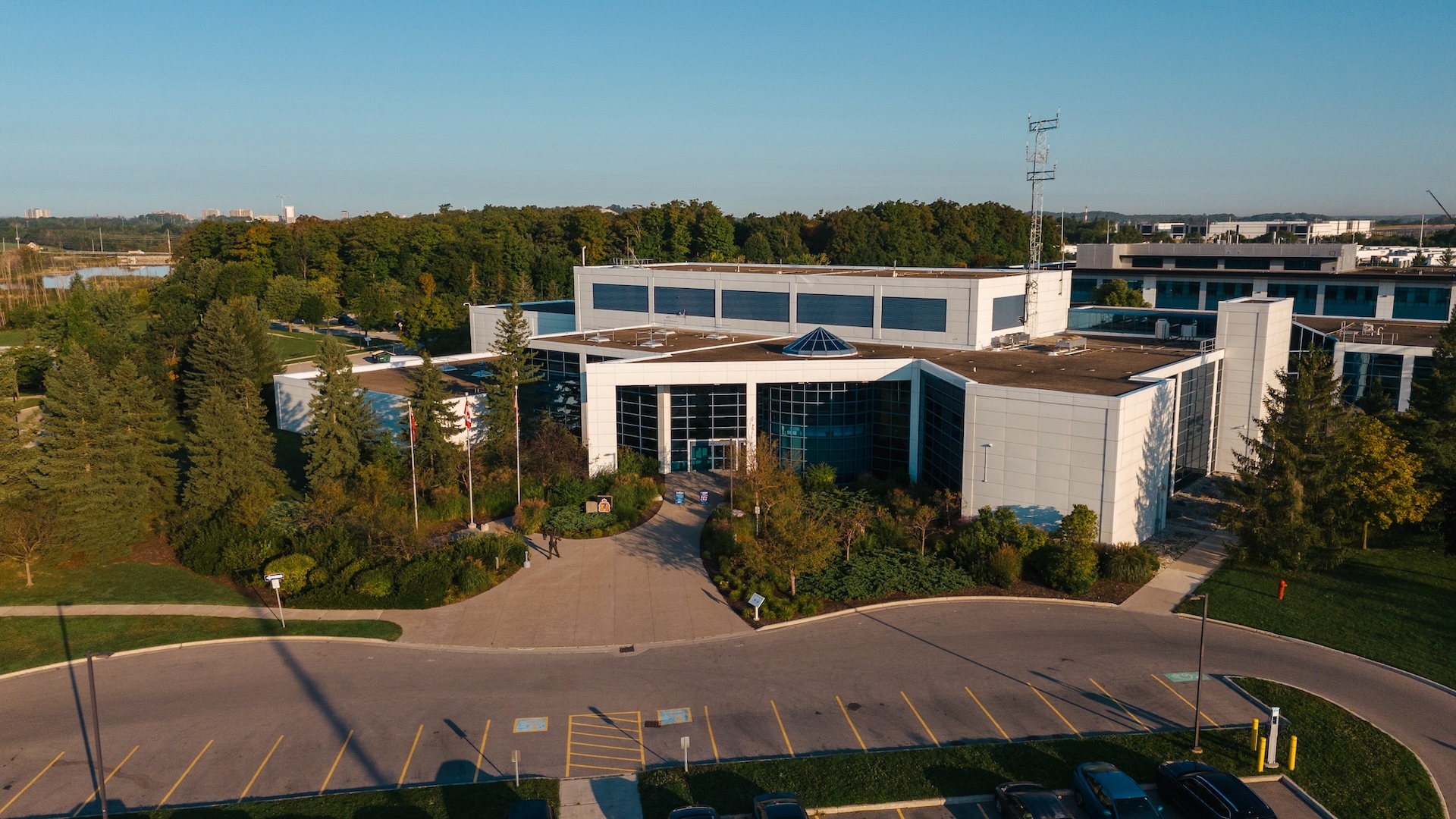Preparing for emergencies is essential for protecting yourself and your loved ones during unexpected events. Whether it’s a natural hazard, power outage, or other crisis, knowing the risks in your area and having a plan in place can make all the difference. This page outlines the key steps for preparedness: understanding local risks, creating an emergency plan, and assembling an emergency kit with essential supplies to last at least 72 hours.
Know the Risks
Natural hazards can vary in severity, but knowing what to do is critical to being prepared. Please find out about the potential risks in your area and how to prepare for them.
Make a Plan
Since emergencies are unexpected, creating a plan will help you save the time and manage the situation. Consider situations such as phones not working, separation from family members, or inaccessible roads.
Get a Kit
In an emergency, you will need basic supplies. You may need to be self-sufficient for at least 72 hours. Gather supplies such as food, water, flashlights, and batteries, and keep them in an easy-to-find place.
For more information about planning for an emergency, read this emergency kit checklist or visit the Government of Canada Emergency Preparedness Guide.


